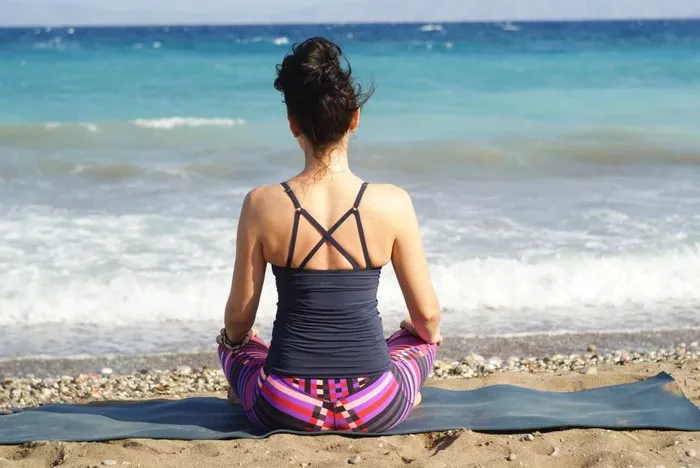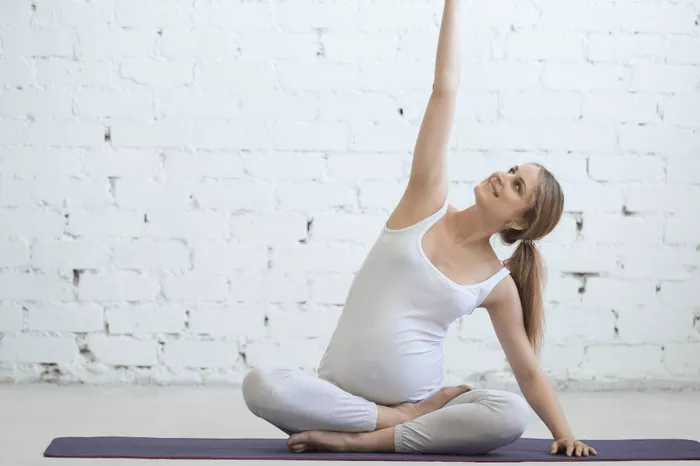Yoga is an ancient practice that has evolved over thousands of years, and many different styles have emerged to meet the diverse needs of practitioners worldwide. Among these styles, Iyengar Yoga stands out for its precision, alignment, and therapeutic benefits. But who started Iyengar Yoga, and how did it become one of the most respected forms of yoga in the modern world?
The Founder: B.K.S. Iyengar
B.K.S. Iyengar, born on December 14, 1918, in Bellur, India, is the founder of Iyengar Yoga. His full name was Bellur Krishnamachar Sundararaja Iyengar, and he was one of the most influential yoga teachers of the 20th century. His teachings emphasized alignment, breath control, and the use of props to make yoga accessible to everyone, regardless of age, flexibility, or physical condition.
Iyengar’s journey into yoga was deeply personal. As a child, he suffered from multiple health issues, including tuberculosis, typhoid, and malaria. At the age of 15, he was introduced to yoga by his brother-in-law, the famous yoga master Tirumalai Krishnamacharya, often referred to as “the father of modern yoga.” Under Krishnamacharya’s rigorous training, Iyengar began to experience significant improvements in his health.
Despite the challenges he faced, including the strict and often harsh training under his guru, Iyengar developed a deep understanding of the human body and the effects of yoga on physical and mental well-being. Over time, he refined his practice and started developing his own approach to yoga, which eventually became known as Iyengar Yoga.
The Development of Iyengar Yoga
Iyengar Yoga is a style of Hatha Yoga that focuses on three key elements:
- Alignment – Precision in postures is crucial to ensure that the body is properly positioned, preventing injuries and maximizing the benefits of each asana (pose).
- Use of Props – Iyengar introduced the use of props such as blocks, straps, chairs, bolsters, and blankets to help students achieve correct alignment and stay in poses longer.
- Sequencing – The order in which poses are practiced is carefully designed to prepare the body for deeper postures and ensure balanced development.
One of the defining features of Iyengar Yoga is its therapeutic approach. Iyengar believed that yoga should be accessible to everyone, including those with injuries or chronic illnesses. By using props and modifications, students can practice safely and gradually build strength, flexibility, and awareness.
The Rise of Iyengar Yoga in the West
B.K.S. Iyengar’s influence spread far beyond India. In 1952, he met the world-famous violinist Yehudi Menuhin, who was struggling with physical pain and sought relief through yoga. Impressed by Iyengar’s teachings, Menuhin became a devoted student and introduced Iyengar to the West.
Through this connection, Iyengar gained recognition in Europe and the United States. In 1966, he published his seminal book, Light on Yoga, which remains one of the most widely read and respected yoga books today. The book provided detailed instructions and photographs of over 200 poses, along with guidance on pranayama (breath control) and meditation.
Over the following decades, Iyengar traveled extensively, teaching workshops and training instructors. His students established yoga centers worldwide, and in 1975, he founded the Ramamani Iyengar Memorial Yoga Institute (RIMYI) in Pune, India, named in honor of his late wife. This institute became the heart of Iyengar Yoga, attracting students from all over the world.
Iyengar Yoga’s Impact on Modern Yoga
Iyengar Yoga has had a profound impact on the global yoga community. Many modern yoga teachers, even those who do not exclusively practice Iyengar Yoga, incorporate elements of his methodology into their teaching. His emphasis on alignment and therapeutic yoga has influenced various yoga styles, including restorative yoga and physical therapy-based yoga practices.
Furthermore, Iyengar’s approach to yoga as a tool for healing has led to scientific research on its benefits. Medical professionals have recognized the effectiveness of Iyengar Yoga in treating conditions such as back pain, arthritis, and anxiety.
Iyengar’s Legacy
B.K.S. Iyengar continued to practice and teach yoga well into his 90s. He passed away on August 20, 2014, at the age of 95, leaving behind a vast legacy. His children, Geeta and Prashant Iyengar, as well as his granddaughter Abhijata, have continued his teachings, ensuring that Iyengar Yoga remains a vital part of the global yoga community.
Today, Iyengar Yoga is practiced in over 70 countries, with certified teachers following rigorous training to maintain the authenticity of his methods. The emphasis on discipline, precision, and self-awareness continues to inspire thousands of practitioners worldwide.
Conclusion
B.K.S. Iyengar revolutionized modern yoga by making it more accessible, therapeutic, and precise. His dedication to alignment, the use of props, and structured sequencing has influenced countless practitioners and teachers across the globe.
Through his books, teachings, and the work of his students, Iyengar Yoga continues to thrive, offering people a path to physical health, mental clarity, and spiritual growth. Whether you are a beginner or an advanced yogi, practicing Iyengar Yoga can deepen your understanding of your body and bring profound benefits to your overall well-being.
Related Topics:























